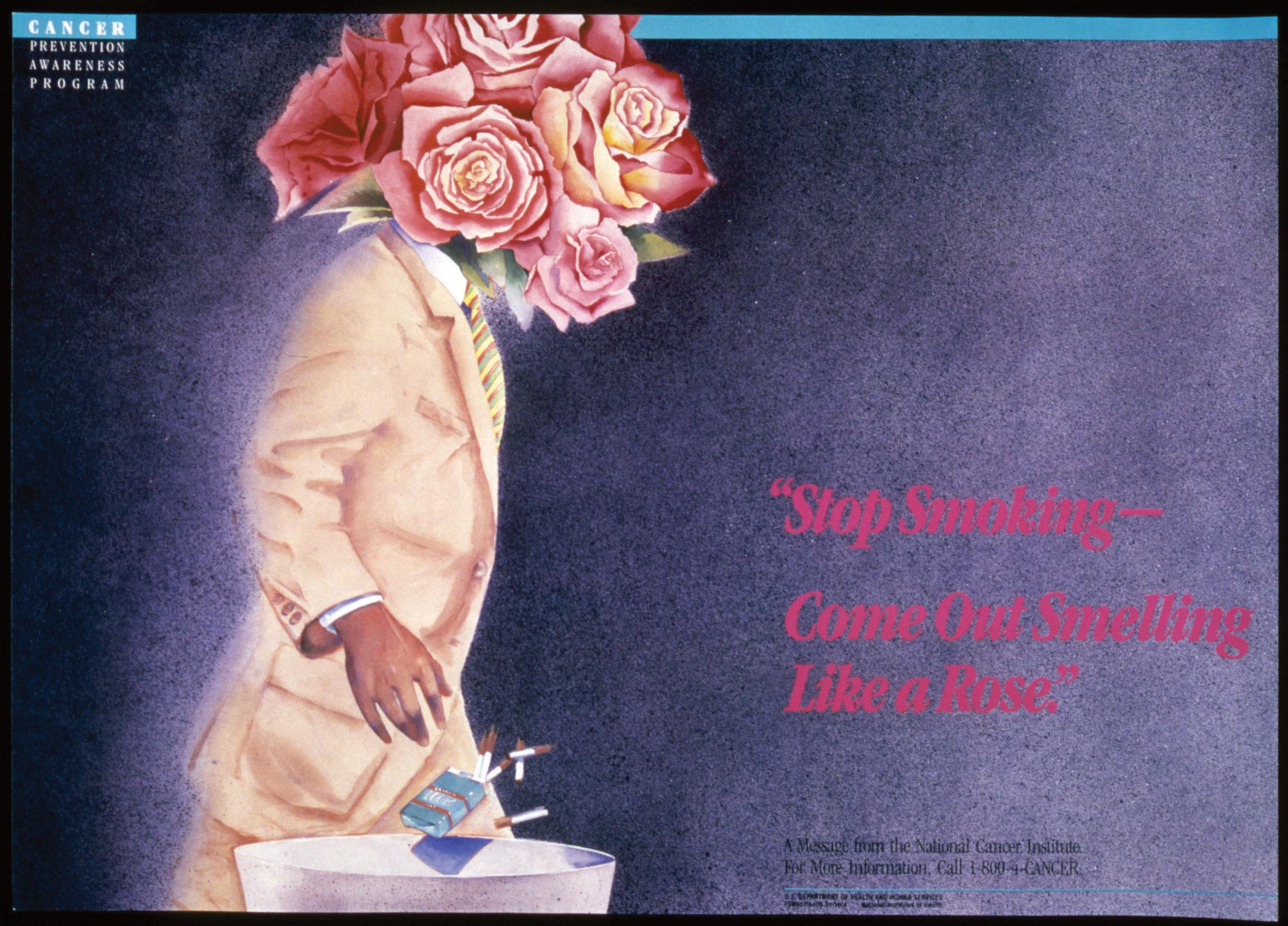
- •2.1 Mass Media and Its Messages Learning Objectives
- •Propaganda and Persuasion
- •Media Effects and Behavior
- •Violence and the Media
- •Sex and the Media
- •Cultural Messages and the Media
- •New Media and Society
- •Information
- •Literacy
- •Convergence Culture
- •Bert Is Evil
- •Key Takeaways
- •Exercises
- •2.2 Media Effects Theories Learning Objectives
- •Challenges to the Direct Effects Theory
- •Marshall McLuhan’s Influence on Media Studies
- •Agenda-Setting Theory
- •Uses and Gratifications Theory
- •Symbolic Interactionism
- •Spiral of Silence
- •Media Logic
- •Cultivation Analysis
- •Key Takeaways
- •Exercises
- •2.3 Methods of Researching Media Effects Learning Objectives
- •Content Analysis
- •Archival Research
- •Surveys
- •Social Role Analysis
- •Depth Interviews
- •Rhetorical Analysis
- •Focus Groups
- •Experiments
- •Participant Observation
- •Key Takeaways
- •Exercises
- •2.4 Media Studies Controversies Learning Objectives
- •Problems with Methodology and Theory
- •Active versus Passive Audience
- •Arguments against Agenda-Setting Theory
- •Arguments against Uses and Gratifications Theory
- •Arguments against Spiral of Silence Theory
- •Arguments against Cultivation Analysis Theory
- •Politics and Media Studies
- •Media Bias
- •Media Decency
- •Jack Thompson versus Violent Video Games
- •Media Consolidation
- •Key Takeaways
- •Exercises
- •End-of-Chapter Assessments
- •Critical Thinking Questions
- •Career Connection
Agenda-Setting Theory
In contrast to the extreme views of the direct effects model, the agenda-setting theory of media stated that mass media determine the issues that concern the public rather than the public’s views. Under this theory, the issues that receive the most attention from media become the issues that the public discusses, debates, and demands action on. This means that the media are determining what issues and stories the public thinks about. Therefore, when the media fail to address a particular issue, it becomes marginalized in the minds of the public. [3]
When critics claim that a particular media outlet has an agenda, they are drawing on this theory. Agendas can range from a perceived liberal bias in the news media to the propagation of cutthroat capitalist ethics in films. For example, the agenda-setting theory explains such phenomena as the rise of public opinion against smoking. Before the mass media began taking an antismoking stance, smoking was considered a personal health issue. By promoting antismoking sentiments through advertisements, public relations campaigns, and a variety of media outlets, the mass media moved smoking into the public arena, making it a public health issue rather than a personal health issue. [4] More recently, coverage of natural disasters has been prominent in the news. However, as news coverage wanes, so does the general public’s interest.
Figure 2.7

Through a variety of antismoking campaigns, the health risks of smoking became a public agenda.
Media scholars who specialize in agenda-setting research study the salience, or relative importance, of an issue and then attempt to understand what causes it to be important. The relative salience of an issue determines its place within the public agenda, which in turn influences public policy creation. Agenda-setting research traces public policy from its roots as an agenda through its promotion in the mass media and finally to its final form as a law or policy. [5]
Uses and Gratifications Theory
Practitioners of the uses and gratifications theory study the ways the public consumes media. This theory states that consumers use the media to satisfy specific needs or desires. For example, you may enjoy watching a show like Dancing With the Stars while simultaneously tweeting about it on Twitter with your friends. Many people use the Internet to seek out entertainment, to find information, to communicate with like-minded individuals, or to pursue self-expression. Each of these uses gratifies a particular need, and the needs determine the way in which media are used. By examining factors of different groups’ media choices, researchers can determine the motivations behind media use. [6]
A typical uses and gratifications study explores the motives for media consumption and the consequences associated with use of that media. By studying how and why people watch Dancing With the Stars while using Twitter, scholars suggest people are using the Internet as way to be entertained and to connect with friends. Researchers have identified a number of common motives for media consumption. These include relaxation, social interaction, entertainment, arousal, escape, and a host of interpersonal and social needs. By examining the motives behind the consumption of a particular form of media, researchers can better understand both the reasons for that medium’s popularity and the roles that the medium fills in society. A study of the motives behind a given user’s interaction with Facebook, for example, could explain the role Facebook takes in society and the reasons for its appeal.
Uses and gratifications theories of media are often applied to contemporary media issues. The analysis of the relationship between media and violence that you read about in preceding sections exemplifies this. Researchers employed the uses and gratifications theory in this case to reveal a nuanced set of circumstances surrounding violent media consumption, as individuals with aggressive tendencies were drawn to violent media. [7]
